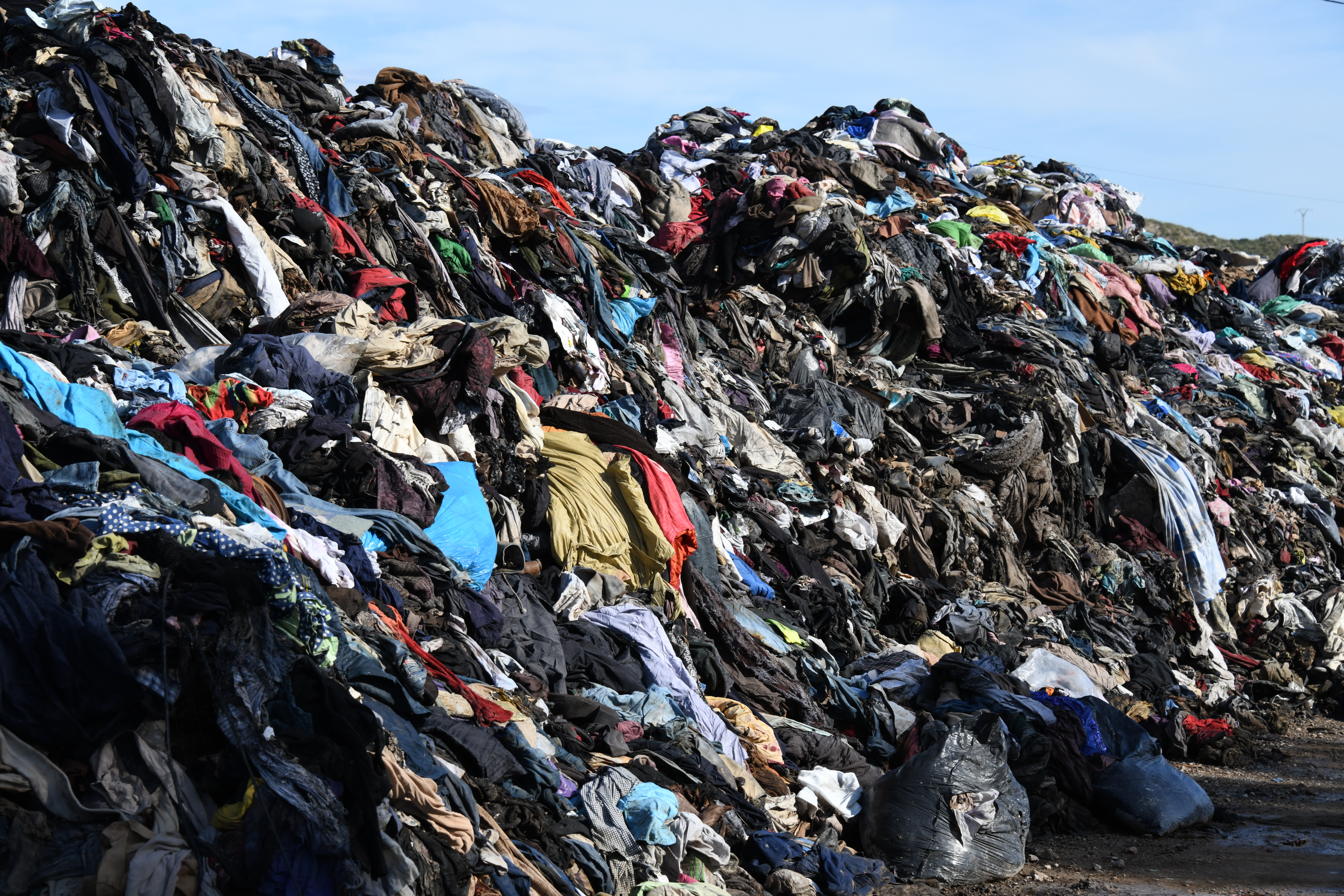People in the U.S. throw out more than 34 billion pounds of clothes every year, making textiles one of the largest contributors to our landfills. This alarming statistic highlights the urgent need for adopting sustainable practices when it comes to our fashion choices. Unwanted and improperly disposed of clothing can clog storm drains, preventing proper water flow and exacerbating flooding.
Store your clothes properly to make them last longer, don’t buy what you don’t need, donate what you don’t want, and throw away clothes properly so that they don’t end up in our storm drains. Here are a few simple and effective storage techniques that will not only extend the lifespan of your clothes, but also help us to create a more sustainable future.”

Ensure cleanliness. Make sure your clothes are clean and completely dry before storing them. This prevents stains, odors, and growth from mold or mildew.
Decide whether your clothes should be folded or hung. Some items, like delicate knits or silk fabrics, are best folded to prevent stretching. Heavier garments, such as coats or jackets, should be hung on sturdy hangers to maintain their shape.
Use proper hangers. Choose hangers that provide good support and prevent stretching or distortion of your garments. Wooden and padded hangers are excellent alternatives to wire hangers.
Invest in quality storage materials. Consider using cotton or canvas garment bags to protect your clothes from dust and allow them to breathe. Avoid plastic covers that can trap moisture.
Avoid sunlight and heat. Direct sunlight and excessive heat can fade colors and weaken fabrics. Store your clothes in a dark, cool area to preserve quality.
Donate. If you are ready to part with your clothes, you can donate your gently used clothes instead of throwing them out.
